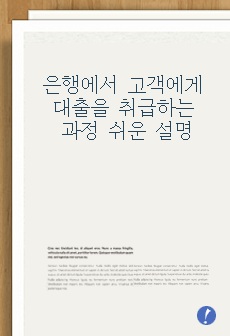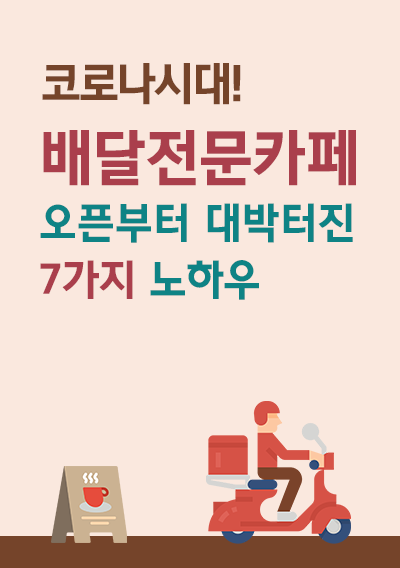긍정적, 부정적 자기상이 사회불안장애의 자서전적 기억 인출에 미치는 영향
* 본 문서는 배포용으로 복사 및 편집이 불가합니다.
서지정보
ㆍ발행기관 : 한국인지행동치료학회
ㆍ수록지정보 : 인지행동치료 / 13권 / 1호
ㆍ저자명 : 윤혜영
ㆍ저자명 : 윤혜영
목차
방 법결 과
논 의
참고문헌
한국어 초록
Rapee와 Heimberg(1997)가 제시한 사회불안장애의 인지모델에 따르면, 자신에 대한 정신적 표상이 사회불안을 유지시키는데 핵심적 역할을 하고 있다. 자신에 대한 정신적 표상은 생리적 피드백과 같은 보다 직접적
인 정보를 통합할 뿐만 아니라, 장기 기억에서의 정보 인출에도 관여하고 있는 것이다. 본 연구에서는 사
회불안장애 환자 집단을 대상으로 자서전적 기억의 특성을 탐색하고, 자기상을 긍정적, 부정적으로 조작하
여, 조작된 자기상이 자서전적 기억의 인출에 미치는 영향을 탐색하고자 하였다. 이를 위해서 객관적인 진
단 면접(SCID-I)을 통해 사회불안장애로 진단된 환자(n=43)와 정상 집단(n=49)을 대상으로, Williams와
Broadbent(1986)의 표준적인 자서전적 기억검사(이하 AMT)를 실시하였다. 참가자들은 기저선 AMT, 긍정적
자기상을 유도한 이후의 AMT, 부정적 자기상을 유도한 이후의 AMT와 같이 모두 3번의 기억 검사를 실시
하였으며, 두 집단의 자서전적 기억 인출 시간 및 구체성 점수를 비교하였다. 사회불안장애 환자와 정상통
제집단을 비교한 결과, 반응인출시간의 차이는 유의하지 않았으나, 사회불안집단의 경우 긍정기억과 부정
기억 모두에서 정상통제집단에 비해 더 느리게 기억이 인출되는 경향이 관찰되었다. 자서전적 기억의 구체
성 점수 역시 유의하게 낮았으며, 보다 모호하고 포괄적인 방식으로 자서전적 기억을 인출하는 경향이 나
타났다. 부정적 자기상을 유도했을 경우, 정상통제집단의 기억 구체성 점수는 감소한 반면, 사회불안집단의
기억 구체성 점수가 증가하는 경향이 나타났다. 이는 부정적 자기상이 사회불안장애 환자집단의 자서전적
기억 인출에 강한 영향을 미치고 있음을 시사한다. 마지막으로 사회불안장애의 부정적인 자기상에 기반한
장기기억 인출 경향의 임상적 함의에 대해 논의하였다.
영어 초록
In Rapee and Heimberg (1997)'s cognitive models of social anxiety disorder, the mental representation of self'plays a role as key psychological factor that maintains social anxiety. They argue that mental representations
of the self draw on information retrieved from long-term memory as well as incorporating information from
more immediate sources such as physiological feedback. This study investigate differences between socially
anxious and non-anxious individuals in the recall of autobiographical memories.. Next, we examined the effect
of holding a positive or a negative image in mind during a newspaper reading task on the retrieval of
autobiographical memories. Forty three social anxiety patients and forty nine normal control participants
performed a standard autobiographical memory task (AMT), which used positive and negative cue word.
Participants performed the AMT three times, baseline AMT, once after reading a newspaper holding a positive
image and once while holding a negative image. And then, we compared the characteristics of
autobiographical memory (response latency and specificity) in social anxiety patients and normal control groups.
The difference between retrieval latencies for positive and negative memories just failed to reach significance in
socially anxiety patients and normal control groups. But there is a tendency that socially anxious groups were
slower to retrieve memories in response to cue words compared to normal control groups. In the negative
imagery condition, patients were significant more specific to retrieve memories to positive and negative cure
words. But normal participants were significant less specific to retrieve memories to both words. These results
suggested that working with the negative imagery used to influence on retrieval of autobiographical memory
for social anxiety disorder. We discussed the implications and potential clinical relevance of social anxiety
disorder's tendency of retrieval of long term memory based on negative self image.


















